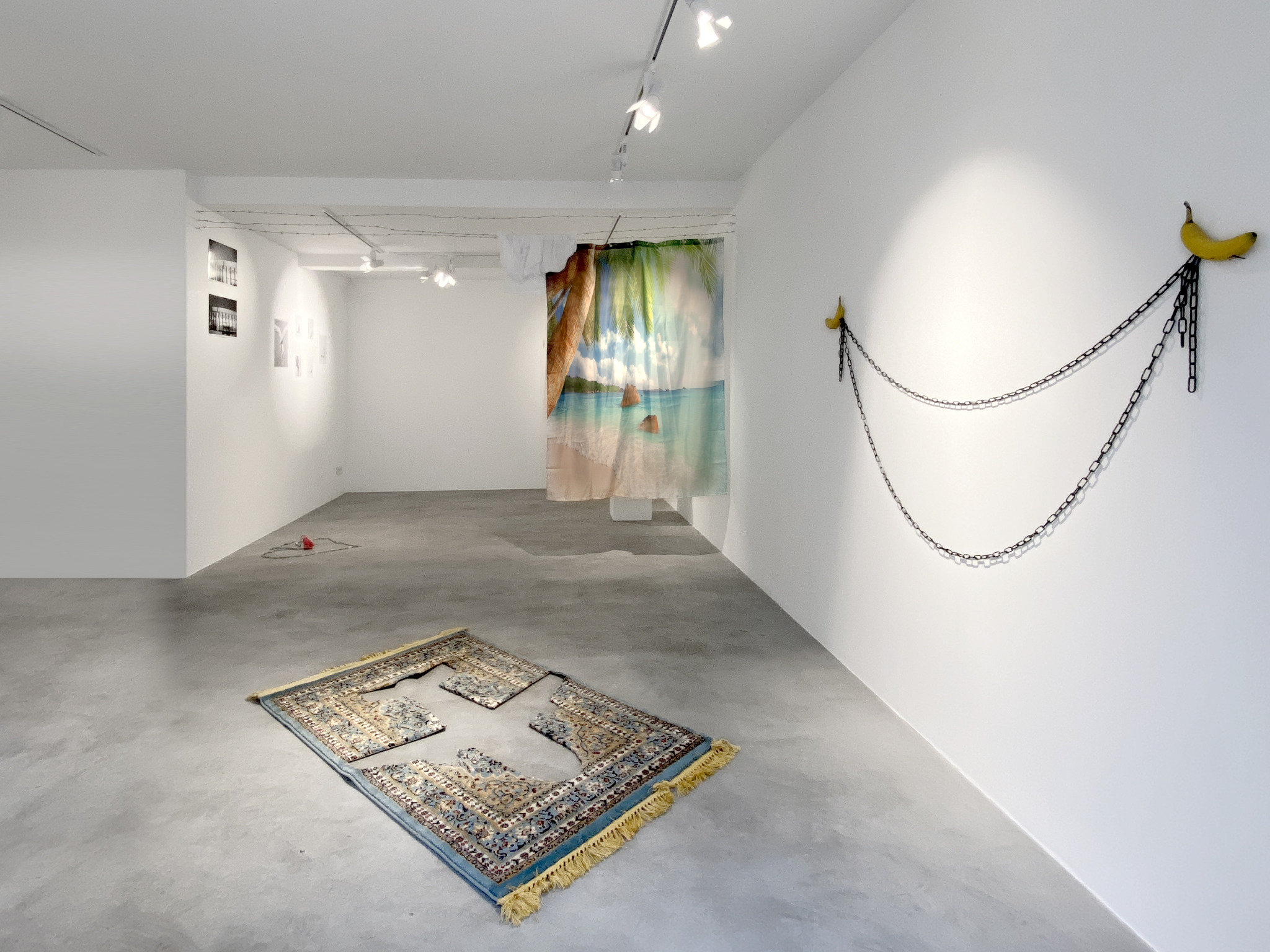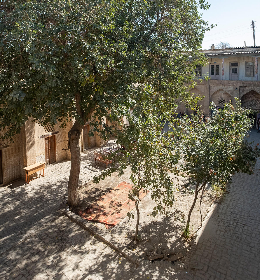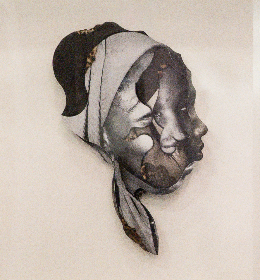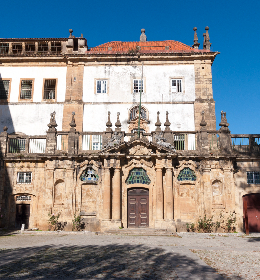Girl Girl Girl’s story is not one of feminist art united by a common historical past and national borders, but a story of creativity which is hampered by various obstacles on its way to recognition at both local and international levels, due to institutional and cultural bias. It is the story of a project with a laconic, self-assertive name, launched by independent curator Yulia Belousova in 2020.
Why was Girl Girl Girl created?
“One of the main goals of this nomadic gallery is to support young and talented artists from Russia and Eastern Europe and integrate them into the international art community. The project has an ambitious programme for the future. This task will continue for years to come, its implementation possible only through collaboration and support from cultural institutions and collectors, both international and Russian,” Belousova told Happening.
What is Girl Girl Girl doing?
The first event held by Girl Girl Girl took them to Paris in autumn, where the group show “Bon Voyage” at the Galerie Charraudeau, an exhibition themed on the impossibility of travelling, was disrupted by Covid-19.
“I am not a supporter of generalisations and defining creativity by geographical boundaries. At the same time, the terms must sometimes be used to give the European audience the necessary context. The project calls to look beyond the boundaries of usual existence; the world does not consist only of Europe and the United States, and other countries have a lot to learn, at least in getting acquainted with different cultures."

Bon Voyage - Galerie Charraudeau
“The situation is ironic, in that I was taking the artworks of female artists from Ukraine, Georgia and Russia by car and train across Germany, bringing their voices that Paris least expected to hear this autumn”. The travel barriers and complications arising for many out of the pandemic were an echo of the project’s concept, highlighting what has always been a reality for Eastern European artists: “For the European viewer, it is not an appeal to sympathy for how difficult it is for us to obtain visas, transport works through customs and over long distances, but a reminder of what is worth appreciating - what we have. Freedom of movement, to name but one, which was previously taken for granted.”

Apollinaria Broche
Amongst the artists involved in the exhibition were AFFF Collective, Apollinaria Broche, Ekaterina Burlyga, Olya Kroytor, Katya Isaeva, Keta Gavasheli and Julia Tatarchenko.
What’s next?
The gallery had planned to hold an exhibition in Turin this November, but were forced to cancel due to the restrictive measures implemented as a result of the Covid crisis.
Belousova is hopeful, however, that the gallery can resume its exhibition planning in 2021: “I’m focusing on the early spring of next year, the thaw in Berlin.”









